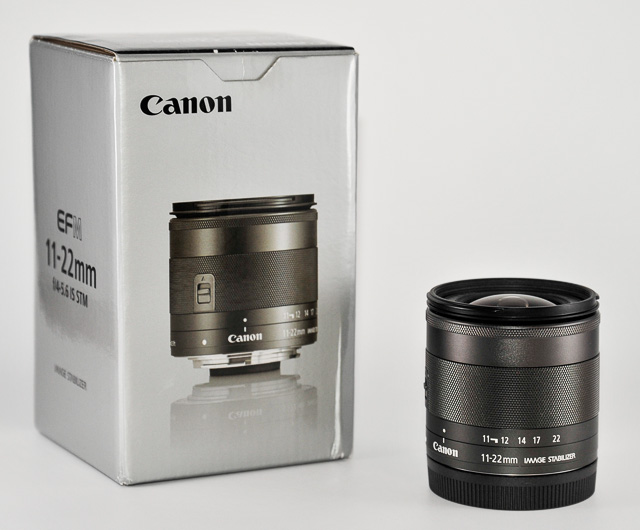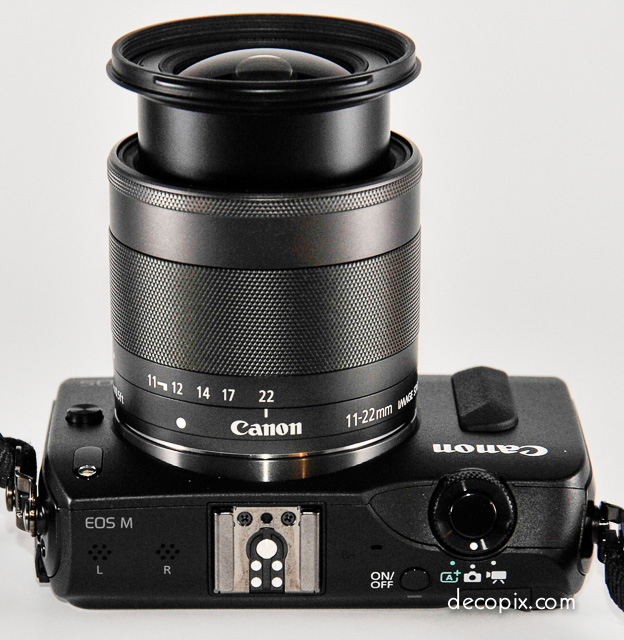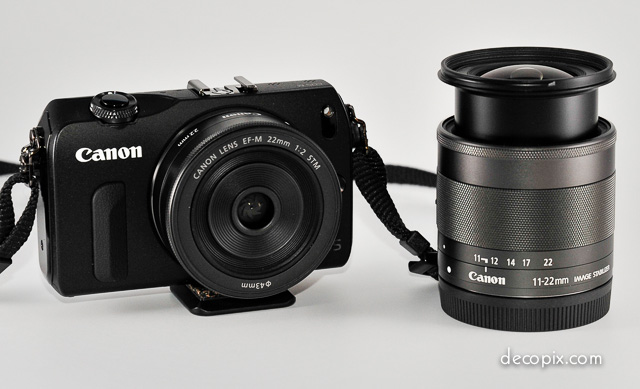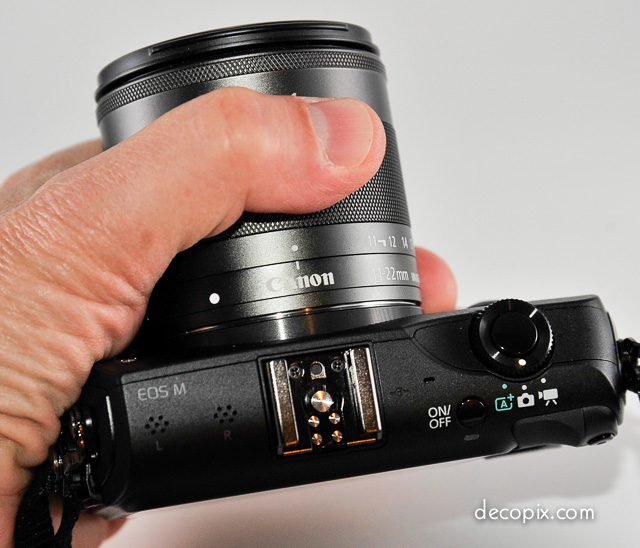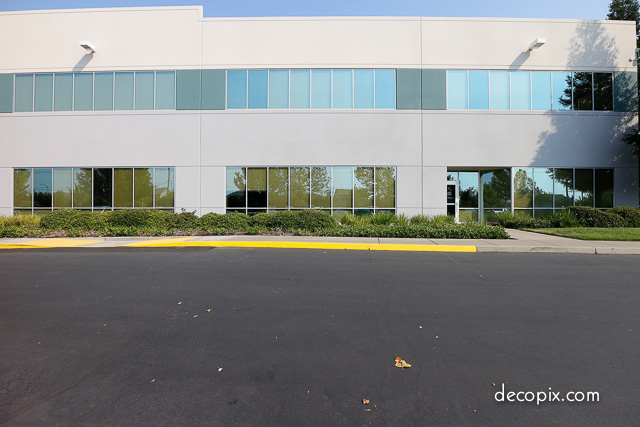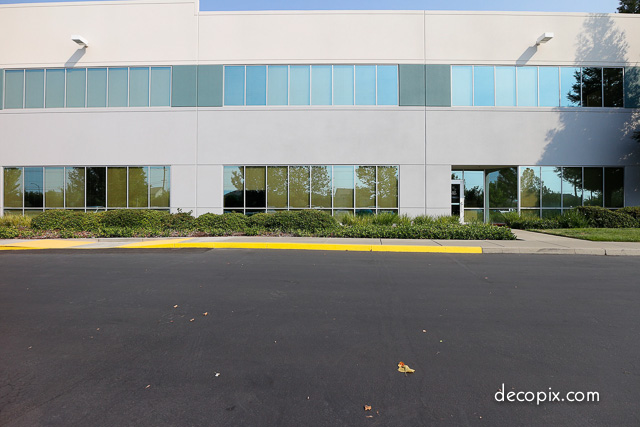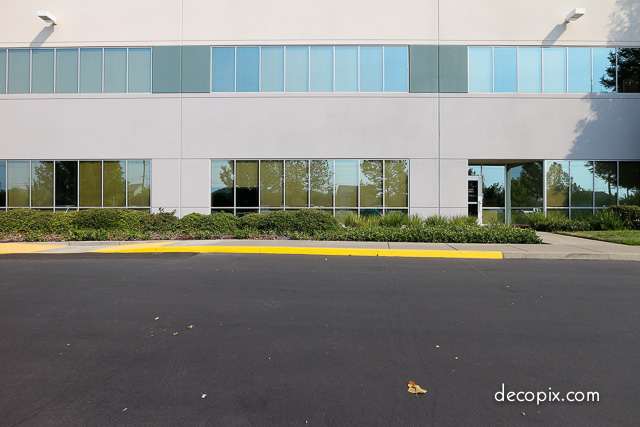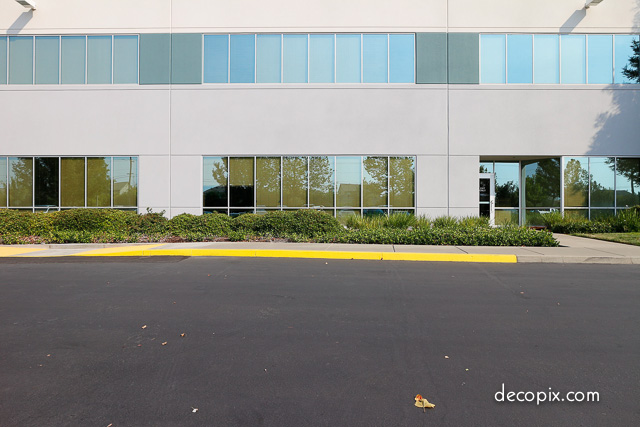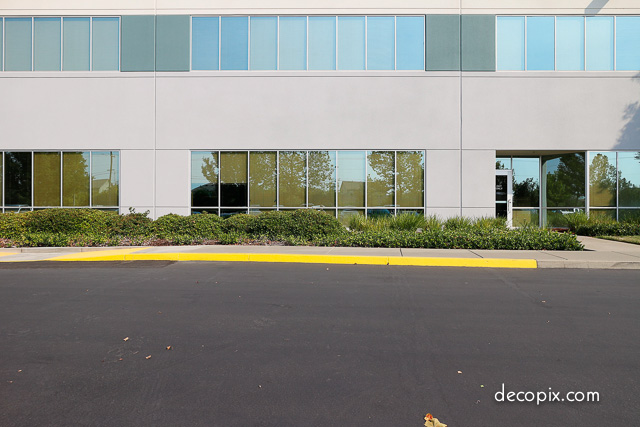The mystery I refer to is not the lens itself (which is very good, by the way) but why Canon is not currently distributing the lens in the USA. This type of arrangement isn’t unheard of; in the past, companies like Ricoh, who have a small footprint in the American camera market have opted to not sell “officially” in the USA. That made sense, given the overhead, need for service, support and so on. But Canon? I think they can handle the 11-22.
Like many others, I took advantage of Canon’s dramatic markdown on the EOS-M camera a few months ago. It’s a nice camera with great image quality–owing to a decent sized sensor (something still absent from a lot of similarly sized digital cameras). The camera has two drawbacks. Focus is slow even with Canon’s recent firmware update, and the EOS-M has no viewfinder. Whether these matter to you, I can’t say, but given Amazon’s easy return policy I decided to give the “M” a try.
Since the things I photograph don’t move, the focusing wasn’t a concern. I did miss having a viewfinder though, and not for the reason you’d expect. Let’s talk about IS–image stabilization (or what Nikon calls vibration reduction (VR). I’ve been using small digital cameras long enough to have gotten used to holding the camera in front of me with my arms partially extended. This works reasonably well but there’s just no way that this keeps the camera as steady as pressing it against your face. So, if I can’t steady the camera by holding it the old fashioned way, that’s reason #1 for having image stabilization.
Reason #2 is that in a low light situation, where I could set a shutter speed fast enough for hand-holding only by raising the ISO to a ridiculously high number (and getting correspondingly crummy quality due to noise) a lens with IS or VR makes this compromise much less necessary.
Reason #3 is that, well, there doesn’t seem to be any quality penalty for adding stabilization. (Roger Cicala at LensRentals has hinted there may be a slight quality trade-off but if there is, it’s not much, as anyone with one of Nikon or Canon’s better VR or IS lenses will tell you).
Some photos of the lens:
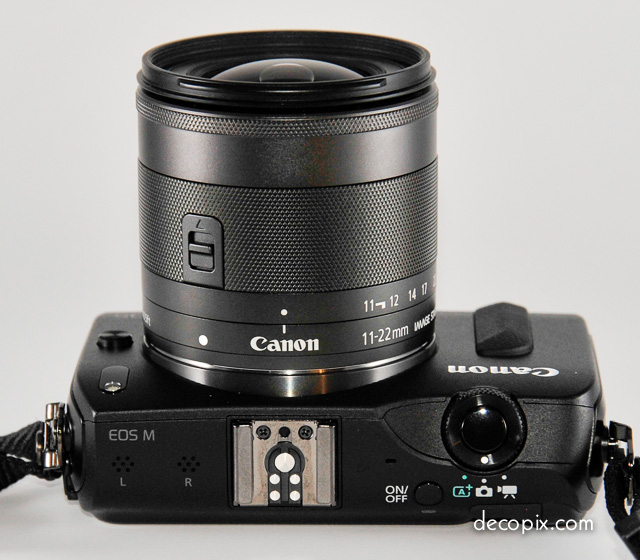
I took a series of calibration shots to send to Thomas Niemann who developed the indispensable PTLens, so you can see the distortion (which, FYI, the EOS-M does not correct in camera).
- 12mm
- 14mm
Now for the good news. The 11-22 is excellent. I’d peg optimum aperture as f/6.3 at all focal lengths but you can use the lens wide open from about 14mm on. Wide open at 11mm will be a little soft in the corners but still surprisingly good. Having the 11-22 has certainly made my EOS-M a lot more useful. Now, I think of it as a lightweight substitute for my Nikon D700 with 16-35 VR lens. It’s true that with this zoom, the EOS-M isn’t a pocket camera but even with the standard 22mm lens (also very sharp) it’s not quite pocket sized.
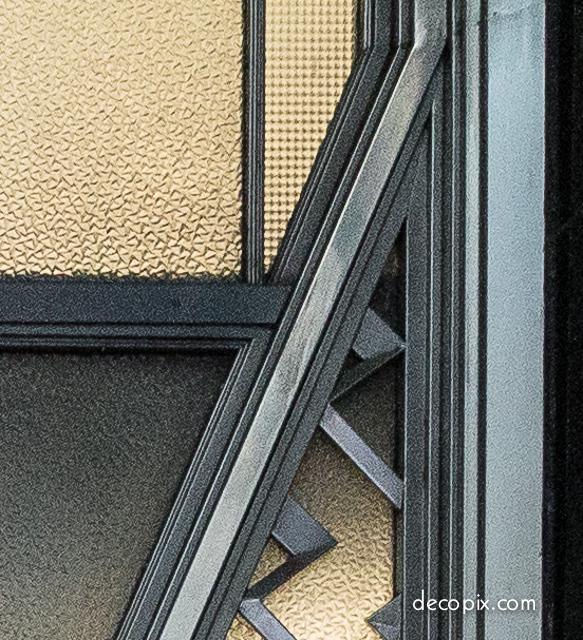
My old habit of stopping way down came into play here. This was at f/7.1 which really isn’t needed to get great sharpness with this little lens…but choosing f/7.1 pushed the ISO up to 1600. Still, quite sharp–you can easily see the crease in the metal and the different types of prismatic glass.
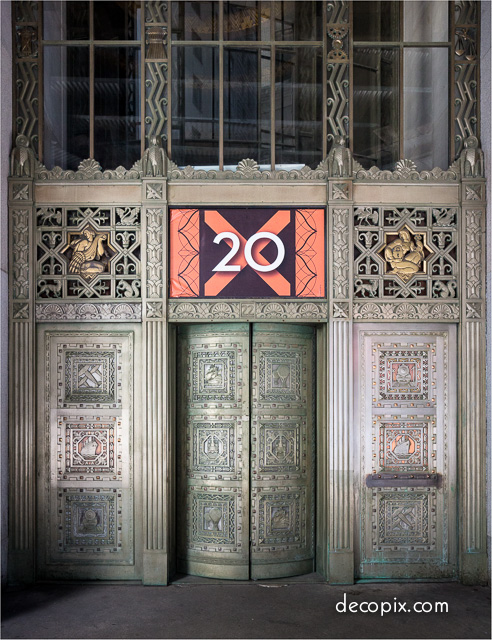
Canadian Imperial Bank of Commerce, NYC. What a treat to have this wide an angle, image stabilized, in such a small package.

Cropped section of photo, above. Don’t know why they’re not selling it in the US but it sure isn’t due to a lack of quality. Impressive for this low-contrast scene.

Here’s a crop from the extreme top right corner. You can clearly see gears on the left and a scale on the right. Very good for a small hand held camera with a wide angle zoom lens. Results would have been even better if I had opened up a stop or two, making a high ISO unnecessary.
Like the EOS-M camera, the EF-M 11-22mm lens is very reasonably priced, at least in Canada. $400 and 4 days from Henry’s in Montreal to my door in CA.
